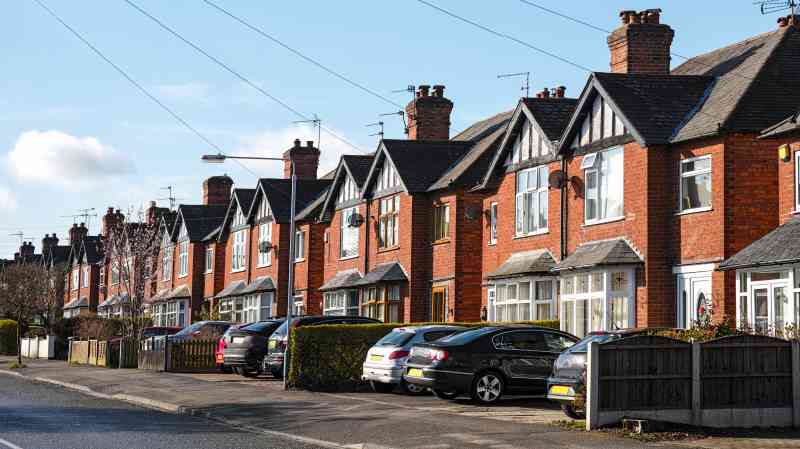Mortgage possession claims up more than a third in second quarter
Banks have stepped up their efforts to seize homes from borrowers struggling to keep up with payments after a sharp rise in mortgage interest rates.
The number of mortgage possession claims leapt by more than a third to 5,343 in the three months to the end of June, compared with 3,991 in the same period last year, according to the Ministry of Justice. It was the highest level since 2019.
Landlord possession claims also increased by 9 per cent year-on-year to 24,495 as private and social tenants struggled to keep up with paying the rent.
Lenders’ efforts to gain possession of homes are also becoming more successful, with the volume of repossessions by bailiffs up by 29 per cent to 854 from 660. Warrants increased by 9 per cent to 2,918 from 2,679.
However, housing repossession claims are still well below the peak reached during the global financial crisis, when a figure of 26,419 was recorded in the second quarter of 2009.
Banks file a mortgage possession claim to start the process of gaining ownership of the property that underpins a mortgage. These proceedings involve homeowners being taken to court to establish whether the lender can claim the asset.
During the pandemic, claims plummeted as the government tightened the criteria for lenders to seize properties. However, these rules were relaxed in January 2021, while the Bank of England has increased its base interest rate rising from a low of 0.1 per cent in March 2020 to 5 per cent today. These changes have driven claims higher over the past three years.
Although this month the Bank elected to cut interest rates for the first time since 2020, borrowing costs remain much higher compared with the past decade. The higher level of interest has prompted banks to increase rates charged on mortgages, putting borrowers under strain to keep up with monthly payments.
The steep cost of living has squeezed household finances further, with inflation being driven up mainly by food and energy bills. Analysts said some borrowers had fallen behind on their mortgage payments because they were having to spend a larger share of their incomes on necessities.
Chris Sykes, senior mortgage consultant at Private Finance, a mortgage broker, said: “With the costs of living only growing, even if inflation is now only at 2 per cent, and mortgage and rent costs higher than many are used to, it is no surprise that possessions have grown.”
Sandra Horsfield, an economist at Investec, the bank and investment group, said: “Amid what looks like a gradual rise in unemployment, this has pushed more homeowners over the edge of affordability.”
• UK mortgage approvals fall to six-month low
Millions of borrowers are preparing to shift to new mortgages with higher interest rates. According to the Bank’s latest Financial Stability Report, released in June, most of the three million households still on relatively low mortgage rates will have their monthly repayments increased by about a quarter in the next two years.
The Bank estimated that monthly repayments for the typical household would rise by £180, or 28 per cent, meaning that the average annual mortgage bill would rise by more than £2,000.
Borrowers on variable mortgages, where the rate moves in line with the UK base rate, could see their payments drop if the Bank delivers two more rate reductions this year, as financial markets expect.
Several lenders reduced rates on their mortgage products last week after the Bank’s monetary policy committee voted 5-4 in favour of cutting the base rate by a quarter-point.




Post Comment